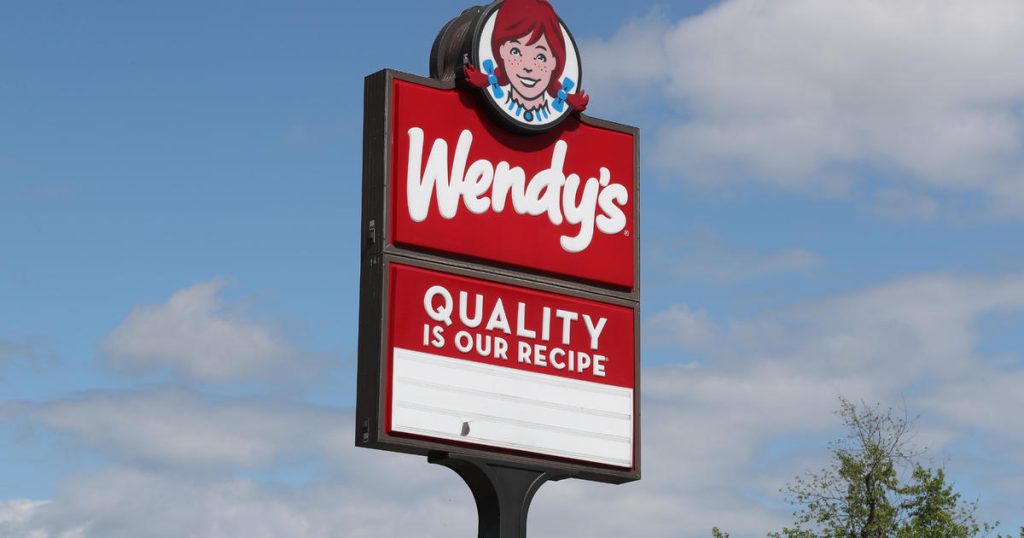Wendy’s announced plans to close 140 U.S. restaurants before the end of the year, in addition to the 100 closures previously mentioned in May. However, the company stated that the closures will be balanced out by the opening of 250 to 300 new restaurants this year. Wendy’s President and CEO Kirk Tanner explained that the restaurants being closed are underperforming compared to others, and are located in areas that do not align with the brand’s image. These locations are spread out across the country and are considered outdated, as Wendy’s focuses on providing the best customer experience.
With 7,292 restaurants at the end of the third quarter, Wendy’s has a strong presence in the U.S., with over 80% of its locations located there. Despite the closures, the company’s shares rose 3.5% in midday trading on Friday. U.S. restaurant sales have experienced limited growth this year due to consumer pushback against rising menu prices. Wendy’s same-store sales were up by less than 1% in the U.S. in the first half of the year. In a similar move, Denny’s announced the closure of 150 locations by 2025, while Red Lobster filed for bankruptcy in May after shutting down several stores.
Wendy’s strategic decision to close underperforming locations and open new restaurants reflects the company’s focus on providing the best dining experience for customers. CEO Kirk Tanner emphasized the importance of building new restaurants that can outperform those that are being closed. By prioritizing the brand’s image and customer satisfaction, Wendy’s aims to maintain its competitive edge in the fast-food industry. The closures are part of a broader effort to optimize the restaurant portfolio and enhance overall performance.
The closures are part of Wendy’s broader strategy to streamline operations and enhance profitability. By eliminating underperforming locations and focusing on opening new restaurants in more strategic locations, the company aims to boost sales and drive growth. This approach reflects Wendy’s commitment to adapting to changing consumer preferences and market conditions. With a strong presence in the U.S. market, Wendy’s is well-positioned to capitalize on opportunities for expansion and innovation in the competitive fast-food industry.
Wendy’s decision to close restaurants that do not align with the brand’s image and customer expectations underscores the company’s commitment to maintaining quality and consistency across its locations. By investing in new restaurant openings and optimizing its existing portfolio, Wendy’s aims to enhance the overall customer experience and drive long-term success. With a focus on innovation and growth, Wendy’s is poised to remain a key player in the fast-food industry and continue to delight customers with its menu offerings and dining experience.


